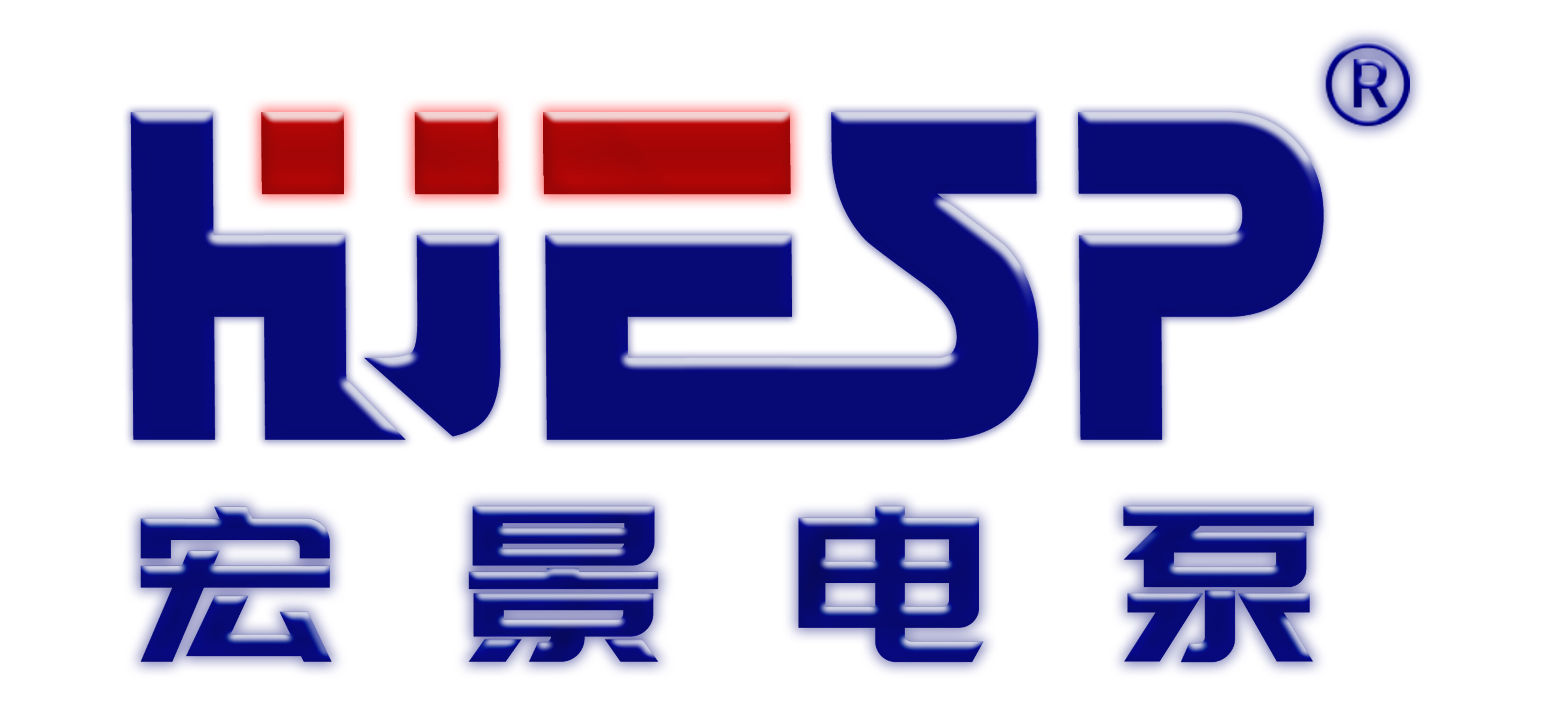How to Choose the Best Filling Valve Assembly for Your Needs
Understanding Filling Valve Assemblies
Filling valve assemblies are crucial components in industrial systems, responsible for controlling the flow of liquids or gases into containers or pipelines. Their performance directly impacts operational efficiency, safety, and energy consumption. When selecting a filling valve assembly, it's essential to consider factors such as pressure ratings, flow capacity, and compatibility with your specific application.
Key Selection Criteria
Material Compatibility
The valve materials must withstand the chemical properties of the medium being handled. Common materials include:
- Stainless steel (304 or 316) for corrosive environments
- Brass for general-purpose applications
- PTFE-lined valves for aggressive chemicals
Pressure and Temperature Ratings
Ensure the valve's pressure rating exceeds your system's maximum operating pressure by at least 25%. Temperature compatibility is equally important, especially in extreme environments.
Flow Characteristics
Consider the required flow rate and whether you need quick-opening or modulating control. The table below compares common valve types:
Energy Efficiency Considerations
Modern filling valve assemblies should complement energy-efficient systems like permanent magnet motors (PMMs). Our ESP PMM technology demonstrates:
- 25% greater energy efficiency than standard induction motors
- Compact design (2/3 shorter than conventional motors)
- Enhanced reliability for continuous operation
Industry-Specific Applications
Oil and Gas
In oilfield applications, filling valve assemblies must withstand high pressures and corrosive environments. Look for API 6D or ASME B16.34 compliance.
Geothermal Systems
Geothermal applications require valves that can handle high temperatures and mineral-laden fluids. Consider materials like super duplex stainless steel.
Maintenance and Longevity
Proper maintenance extends valve life and prevents costly downtime:
- Regularly inspect seals and gaskets
- Lubricate moving parts as recommended
- Monitor for leaks or unusual operation
Why Choose Our Solutions
Our filling valve assemblies are engineered to work seamlessly with our permanent magnet motor technology, offering:
- Custom configurations for specific applications
- Rigorous quality testing (ISO 9001 certified)
- Technical support from industry experts
Contact our team today to discuss your requirements and discover how our energy-efficient solutions can optimize your operations.
